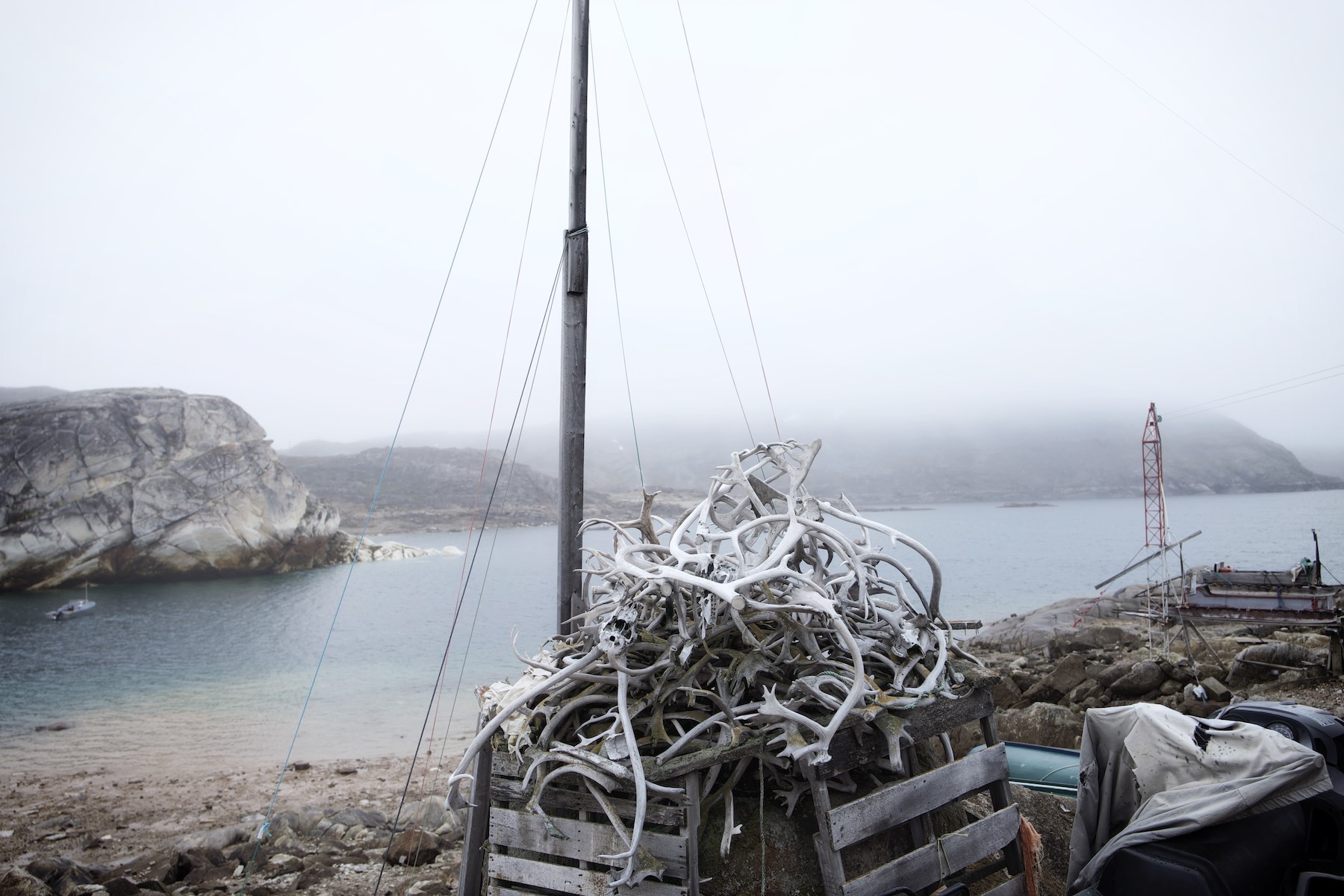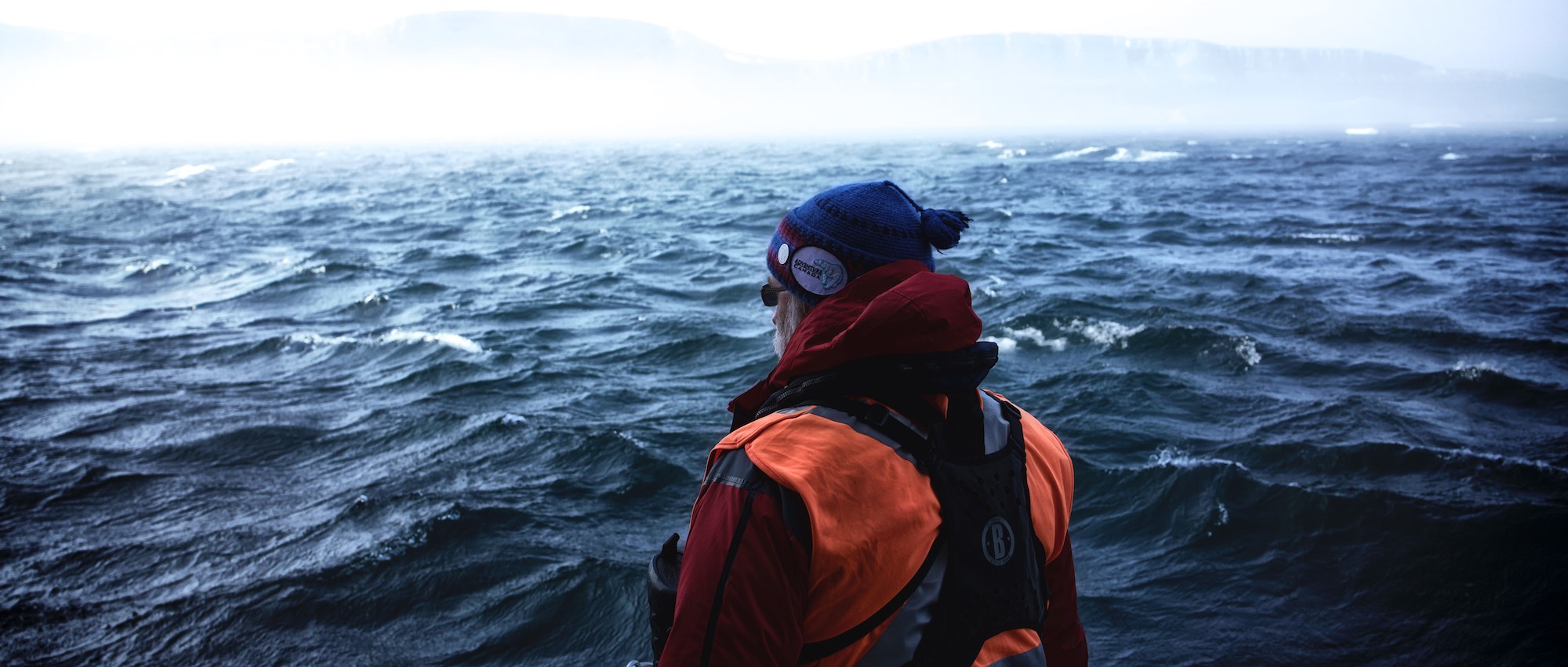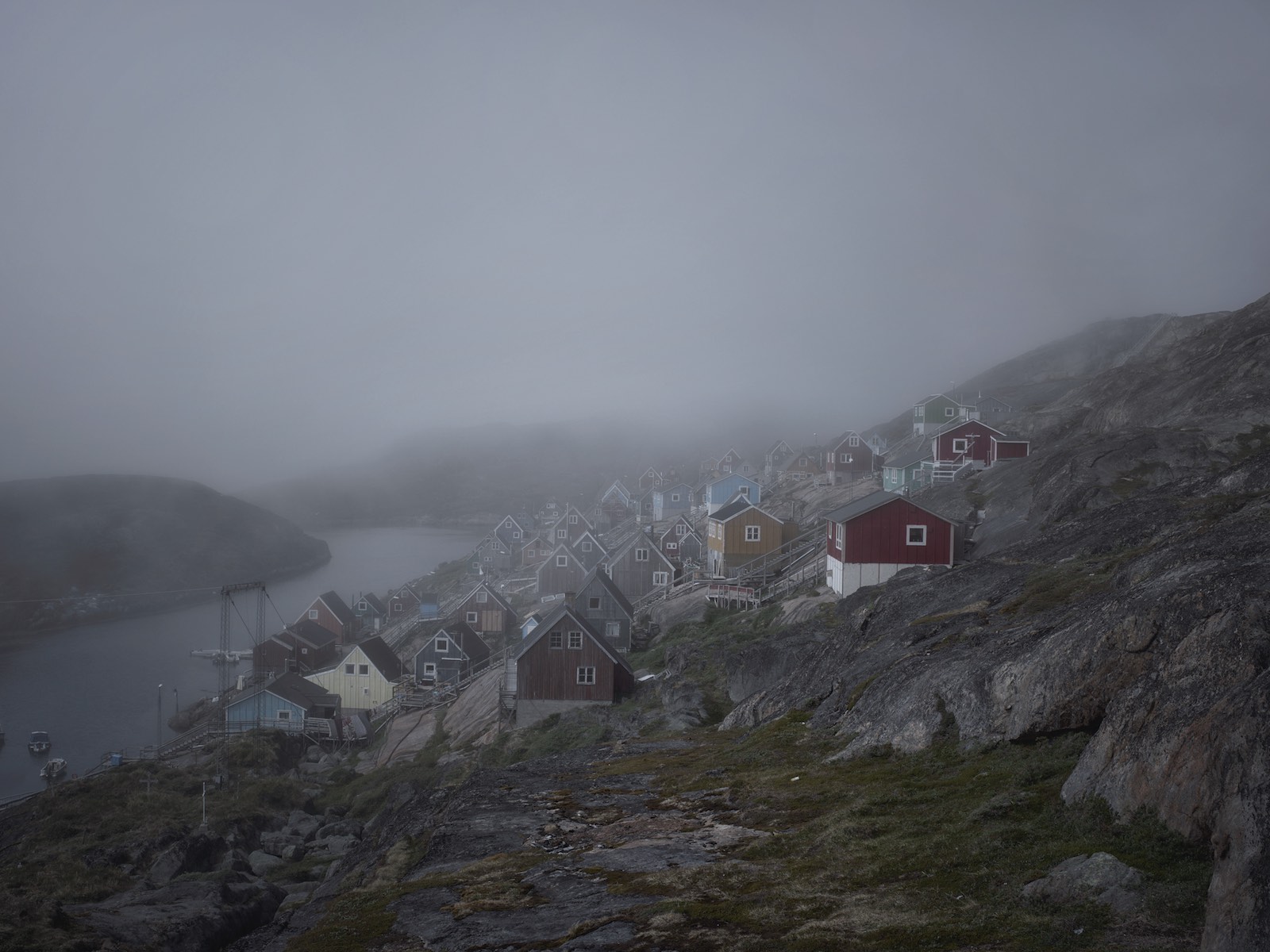Jason van Bruggen is a self taught photographer and filmmaker based in Canada. His lens has previously captured an incredible Adventure Canada Journey through the Northwest Passage. We are thrilled to share Jason’s latest cinematic poem featuring AC staffer and author-explorer James Raffan, and caught up with him to ask some questions about his craft.
Adventure Canada: Jason, what draws you to the wilderness as a filmmaker?
Jason Van Bruggen: Our wilderness is an endlessly fascinating subject to me. Not only for its beauty, but also for the opportunities it provides us in terms of learning and reflection. As we enter an age of scarcity and climate change, these opportunities become more precarious. As a visual artist, I have a role to play in conserving wild places and encouraging an appreciation for them in others. Not only for their visual interest but for their profound importance. My passion for wilderness locations is decades old and predates my current role as a filmmaker and photographer. My current career choice was informed by a passion for wild places rather than the other way around. A fascination with intrepid travel has spanned my whole life. Growing up, I spent my summers on unsupported canoe trips in the Canadian backcountry, which is probably at the root of it. I have worked in the most remote and austere locations on the planet ranging from the Tibetan Himalaya to the deserts of Iraq, and spent time wandering around in well over a hundred countries. Wilderness travel and exploration have been profoundly formative and continue to provide me with boundless inspiration.
AC: What extra considerations does a filmmaker have to make when shooting in remote locations like the Arctic? How did you prepare? What is the hardest part about shooting in cold weather?
JVB: There are many, many additional considerations that go into shooting in remote locations, especially when travelling with a sophisticated equipment package. Preparation involves fastidious attention to detail, starting with the planning stages. You need to be ready for contingency, for equipment failure (total or partial) and have backups of all the essentials. The hardest parts about shooting in cold weather are pretty obvious — keeping yourself warm, keeping your batteries warm, and keeping your equipment running is always crucial.
AC: Is there anything in particular that makes a shooting location special? What do you look for when gathering footage?
JVB: The light. The fleeting point of confluence at which light, topography, and activity all meet is what yields magic.
AC: Wildlife is notoriously hard to shoot. Is there anything you take into consideration to help get the perfect shot?
JVB: First off, I don’t think I have gotten the perfect shot. In my view, the best way to capture wildlife is to research where you might find the fauna you are looking for, identify a target location, and then spend time there. I prefer to wait in one place and get to know it intimately; this allows me to develop an understanding of where the best opportunities exist. This enables me to find the best light and, hopefully, understand the habits and interests of the animals I am shooting. Observing animals candidly, without disturbing them, is always the most rewarding. That being said, you can do everything right and walk away without a single shot. It’s a crap-shoot like that, especially in landscapes as vast and changeable as the Arctic.
AC: What was the most challenging shot in this most recent project?
JVB: Many individual shots had their challenges, but I think the most delicate part of this project was trying to strike a balance between a number of competing priorities. At the end of the day, this is a piece to promote Arctic travel on behalf of Adventure Canada. It is also a portrait of a friend of mine, and one that I wanted to make candid without being overly revealing. Like many of the stories that I imagine and film, I wanted this to be honest and to steer away from a clichéed interpretation of the North, exploration, and wilderness travel.
AC: Part of what makes your northern films and images so striking is the haunting, subdued palate. Can you comment on how you achieve such a vivid representation of local colour?
JVB: I try and represent on film what I feel when I am in the North. The Arctic, as it lives in my memory, is not an overtly colourful place. It is an eerily beautiful place, though. I see a great deal of photography which feels like it stretches the boundaries of credible human experience in the Arctic. While there are flashes of brilliant colour on many of my Arctic voyages, my emotional memory of the Arctic on most days is reflected in my colour treatment of both still and moving images.
AC: How would you describe the experience of working with Adventure Canada?
JVB: I love these guys. It’s a family-run business with tremendous purchase in the communities we visit and huge respect for the part of the world in which they travel. Those relationships have taken decades to build, and aren’t something that can be bought. The resource staff aboard the AC vessels keep coming back, year after year, for the same reasons that I do — we get to work with great people in amazing places.
AC: What is your dream shoot? Somewhere you haven’t been, and always wanted to?
JVB: Tough question. I’ve been lucky enough to travel to a lot, and get to a lot of ‘bucket list’ destinations. I want to continue to explore the most compelling and hard to get to pieces of wilderness in Canada, and around the world. If I had to narrow it down, I would say all of National Parks in Canada that I haven’t been to yet.
AC: Thanks very much, Jason!
JVB: Thank you!
Jason’s work is focussed on depicting North American wilderness, including the Far North in a manner that is authentic and narrative — building new interpretations of these landscapes. Favouring travel that brings him in direct contact with the frontier and those who inhabit it, Jason’s immersive work seeks to explore these emerging landscapes and capture the vulnerability of the ecosystems and the people who live within them, illuminating a tension between the strength and fragility of the region; the age-old resolve to survive, and the current intention to thrive in places where scarcity fosters incredible ingenuity, resilience, and hospitality. Visit his portfolio online for more information.
All photos courtesy of Jason Van Bruggen.
Blog Post Courtesty of Adventure Canada



